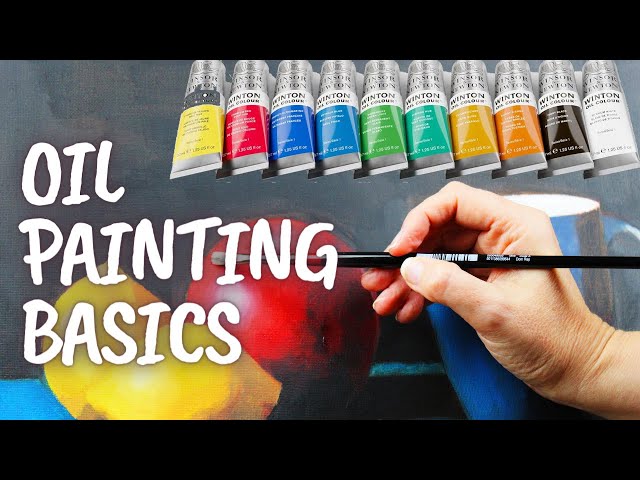Oil painting, with its rich textures and timeless appeal, has fascinated artists for centuries. If you’re just starting your artistic journey, learning the basics of oil painting is key to unlocking your creative potential.
Understanding the Medium
Oil paints are made from pigments mixed with a drying oil like linseed. Their slow drying time allows artists to blend and modify their work over several days.
Essential Tools for Beginners
- Paints: Start with a basic palette (Titanium White, Ultramarine Blue, Burnt Sienna, Yellow Ochre).
- Brushes: Use hog bristle brushes for texture and synthetic ones for smooth detail.
- Canvas: Pre-primed cotton canvases are great for beginners.
- Mediums: Linseed oil and turpentine are traditional, but odorless mineral spirits work well too.
Practice Techniques
- Grisaille: Painting in shades of gray to practice light and shadow.
- Color Blocking: Fill large areas with solid color to understand composition.
- Wet-on-Wet: Blend colors while they’re still wet for smooth transitions.
Learn from the Masters
Even Vincent van Gogh, now celebrated for his expressive oil works, struggled early on. He practiced daily, copying masterworks and studying anatomy.
Final Tips
- Paint consistently, even 30 minutes daily helps.
- Don’t be afraid to make mistakes—they’re essential for growth.
Reference Reading
“How to Practice Oil Painting Basics: A Step-by-Step Journey for Beginners (with video)“
